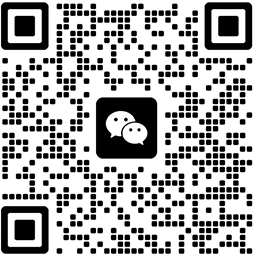tdd 流程有助于确保 Go 函数的正确性和行为文档。步骤:1) 编写使用 go test 命令的测试,定义函数和测试用例。2) 编写满足测试用例行为的函数代码。3) 运行 go test 命令验证函数是否符合预期。4) 根据需要重复步骤 1-3,完善函数实现并完善测试用例,直到所有测试都能通过。
Golang 函数的 TDD(测试驱动开发)流程
测试驱动开发 (TDD) 是一种软件开发过程,其中开发人员首先编写测试,然后编写满足这些测试所需的代码。对于 Go 语言函数,TDD 流程可以帮助确保函数的正确性,并为其行为提供文档。
步骤
编写测试:使用 go test 命令创建一个测试文件,定义要测试的函数以及相应的测试用例。
package main
import (
"testing"
)
func TestAdd(t *testing.T) {
tests := []struct {
a, b int
want int
}{
{1, 2, 3},
{3, 4, 7},
}
for _, tc := range tests {
got := Add(tc.a, tc.b)
if got != tc.want {
t.Errorf("Add(%d, %d) = %d, want %d", tc.a, tc.b, got, tc.want)
}
}
}
编写代码:编写实现测试用例中指定行为的函数。
package main
import "fmt"
func Add(a, b int) int {
return a + b
}
func main() {
fmt.Println(Add(1, 2)) // 输出:3
}
运行测试:运行 go test 命令验证函数是否符合预期。
$ go test
ok test.go 0.000s
重复:如有必要,重复以上步骤,编写更多测试用例并完善函数实现,直到所有测试都能通过。
实战案例
假设你想要实现一个 golang 函数 isPrime 来确定一个数字是否为质数。TDD 流程可以如下进行:
编写测试:
package main
import (
"testing"
)
func TestIsPrime(t *testing.T) {
tests := []struct {
n int
prime bool
}{
{1, false},
{2, true},
{3, true},
{4, false},
{19, true},
{100, false},
}
for _, tc := range tests {
got := IsPrime(tc.n)
if got != tc.prime {
t.Errorf("IsPrime(%d) = %t, want %t", tc.n, got, tc.prime)
}
}
}
编写代码:
package main
import "math"
func IsPrime(n int) bool {
if n <= 1 {
return false
}
for i := 2; i <= int(math.Sqrt(float64(n))); i++ {
if n%i == 0 {
return false
}
}
return true
}
func main() {
fmt.Println(IsPrime(19)) // 输出:true
}
运行测试:
$ go test
ok test.go 0.000s
以上就是golang函数的测试驱动开发流程如何实现?的详细内容.


